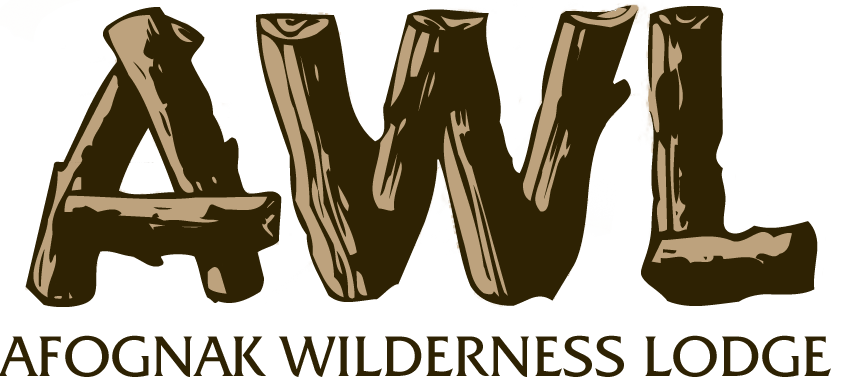All About the Whales Around the Kodiak Islands
You can see a wide variety of sea mammals during your stay at Afognak Lodge, especially during the early May to early June season. Whether you’re interested in capturing breathtaking Kodiak Alaska photography on the sea, or want to explore on land, there’s no better time to book your lodging vacation. Some of the most majestic creatures that travel through the Kodiak Islands are the many types of whales, which include killer whales, gray whales, humpbacks, finbacks, and minke.
Killer Whales
The killer whale is actually a member of the dolphin family, with an enormous set of teeth and a diverse diet. They’re some of the world’s strongest predators, and maximize their power by traveling in large “pods” of 40 or more whales. While traveling in these big groups, the killer whales use specific communication and hunting strategies, as they can feast on sea lions, seabirds, fish and squid. Orcas are also known for their protective nature and immense intelligence. After a 17-month pregnancy, young killer whales are often raised not only by their mothers, but other females in their pod as well. Their echolocation sounds allow them to effectively reveal their location, to ensure that they always stick together.
Gray Whales
Because gray whales begin their migration in the summer months, they can be spotted in our Alaskan waters. Like all whales, they rise to the surface to breathe and are defined by their parasite-covered snouts. They also use their snout to forage for tiny crustaceans on the floor of the ocean, and use baleen to capture their food. Baleen hangs from each side of the upper jaw and helps trap the food to prepare it for swallowing.
Humpbacks
Humpbacks are known for their incredibly complex vocalization, which consists of moans, howls and cries that travel long distances through the ocean. The purpose of these sounds is still largely unknown, although they’re believed to be a method of communication used mostly to attract mates. They’re typically found near the coastline, where they feed on krill, plankton and other small species of fish.
Finbacks
The fin whale, or finback, is the second largest ocean mammal, right after the gigantic blue whale. Unlike orcas, finback whales travel in much smaller groups, ranging from 2-7 whales, and can swim at a very fast pace. They have a similar diet to humpbacks, and must maintain a steady diet so they could fast in the winter. This type of whale is second only to the blue whale in size.
Minke
Minke whales are characterized by a white band on each flipper, and are a purple/gray color. They have a shorter lifespan than the rest of the whales around the island, as they traditionally live 30-40 years. Because they have large population numbers, they tend to be seen more often than other species, although they don’t come to the surface as much as the humpback whale. However, their curious nature makes them popular attractions during whale watching tours, as minke whales have been known to approach boats.
Contact Us Today to Learn More!
We hope you enjoyed learning more about the different types of whales that thrive near the Kodiak Islands. If you have any questions about the wildlife at Afognak Lodge, and want to book your trip, call us today at (360) 799-3250. You can also view our rates online. Don’t miss out on seeing these animals for memories that will last a lifetime!

